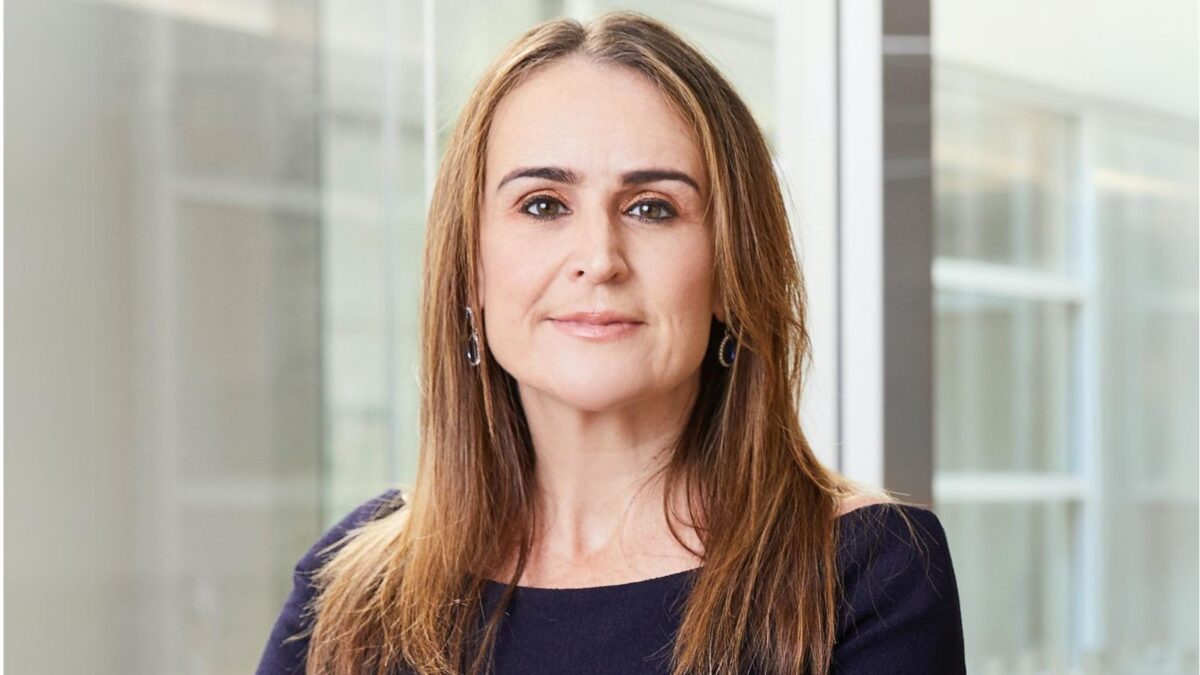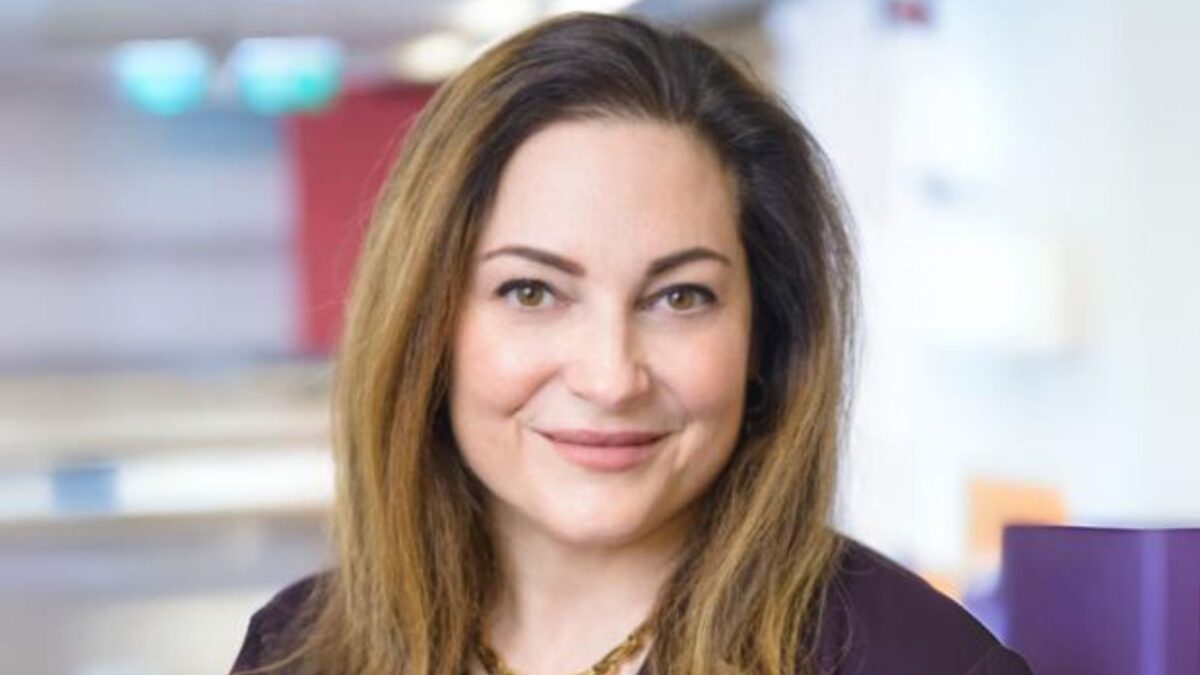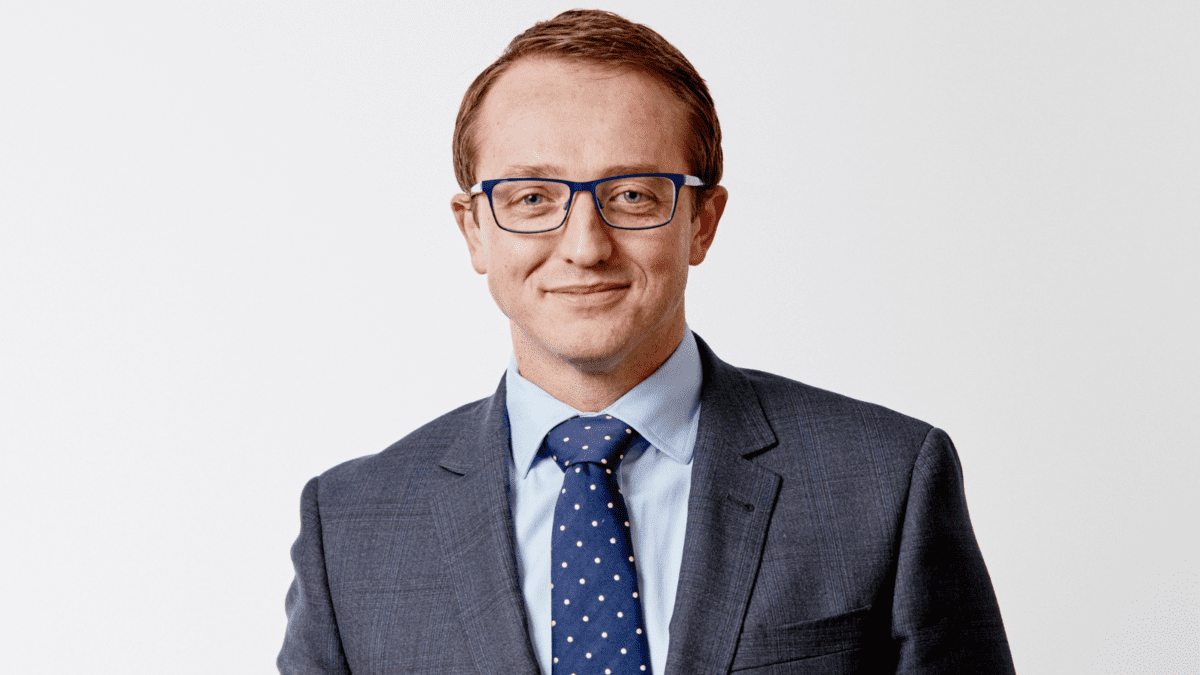Democratisation and the Internet of Everything
(source: CISCO)
By Greg Bright
The two big drivers of the superannuation industry, along with many industries throughout the world, next year and beyond are rising consumer empowerment alongside increasingly rapid advances in technology. Business now is as much about the Democracy of Everything as it is about the Internet of Everything.
Neither consumer empowerment nor the all-pervasive impacts of technology are new concepts. The term ‘Internet of Everything’ – which used to be called the ‘Internet of Things’ – dates back to the 1980s – well before most of us knew what the internet was. It has already changed our world at least as much as the internal combustion engine did. Its impact is like that of electricity, or maybe even the wheel. Some of the knock-on effects are difficult to get one’s mind around but nevertheless real.
Meanwhile, consumer empowerment was spoken about by demographers 20-odd years earlier than that when they observed the phenomenon of the baby-boomer bubble. They [we] were called the ‘Me Generation’ or the ‘Now Generation’.
The point is: they [we] were beneficiaries of the longest period of wealth creation for more than a century and they [we] decided that a lot, if not all, of that new economic and, therefore, political power should be exploited and largely kept by them [us]. Some have said the baby-boomers are the most selfish generation for generations. There is no doubt, though, there are a lot of them [us] and they are like a pig passing through a python. Most countries are ageing at a rate they may not be able to afford.
In Australia, at least, it’s a temporary problem if you take a very long-term view. By about 2040-45 the ageing problem will start to recede if governments maintain historical immigration averages. But for the next 25-30 years it is a very real, though not unusual, problem.
How this all plays out with Australia’s superannuation system is now becoming clear. SMSFs will continue to increase in number although average assets under management will decline. Because of technology, though, average administration costs, expressed as an MER, will not rise because platform costs will continue to fall. Some SMSF administration systems will be available for ‘free’, although savvy investors will realize they are better off paying for research and associated services.
The next generation of member directed investment options for big super funds will offer more bespoke tailoring, a wider choice of investments – even property in some cases – and model portfolios. The cost of running MDIOs for members, already at a lower base than an average SMSF, are unlikely to decline much.
The big question for big funds is whether their MDIOs will slow or prevent members switching to SMSFs. The consensus seems to be that they won’t, but funds really don’t have a choice not to offer them.
Increasing numbers of retirees means increasing demand for better retirement products, which super funds – and in fact the whole funds management industry – have not been particularly good at until now. This will change as more effort goes into efficient product design and inevitable legislative change to make them more attractive.
SMSF trustees will get better at asset allocation, notwithstanding a fall in the average fund balance due to increasing numbers. You’d have to think that education about the importance of diversification has to sink it at some point.
Nevertheless, investment returns in a retail environment of choice will be lower than in a non-choice environment. As Sam Sicilia, the CIO of HostPlus, told the SuperRatings conference this year: constant “tinkering” by members – even well-informed ones – will lead to sub-optimal outcomes.
For big super funds to remain relevant they have a choice. They can either be a high-tech, multi-option fund with good marketing, such as AustralianSuper, or they can get a lot closer to their membership base and offer ‘comfort and care’, such as Cbus. Cbus, it should be recalled, has the highest exposure to property of any big fund – even owning its own property company – not because this is a sound risk-adjusted allocation (it’s clearly not for a fund whose members are mostly employed in construction to double up like that), but because the members love it.
Technology enables organisations to get closer to their members, but whether super funds can do this as well as more consumer-orientated companies, such as Coles and Woolworths, is a moot point. At least there is a growing awareness they need to do it and more help is available from the administrators such as AAS and the super consulting firms.
Academics say the Internet of Things, now more widely known as the Internet of Everything, started when in 1982 a coca-cola machine at Carnegie Mellon University in the US was connected so it could report on its inventory and whether newly loaded drinks were cold. It’s about the convergence of internet and other technologies through an increasing array of devices allowing greater control over ‘everything’.
Unfortunately, greater control over how they save for retirement is unlikely to improve the lot of most Australians. But the baby-boomers seem to want it and they are used to getting their own way. So, big super funds in particular and the funds management industry in general need to adapt accordingly.
NOTE: These concepts and trends will be discussed at the My Platform Rules conference on the Gold Coast, February 22-24, 2015. Information here










